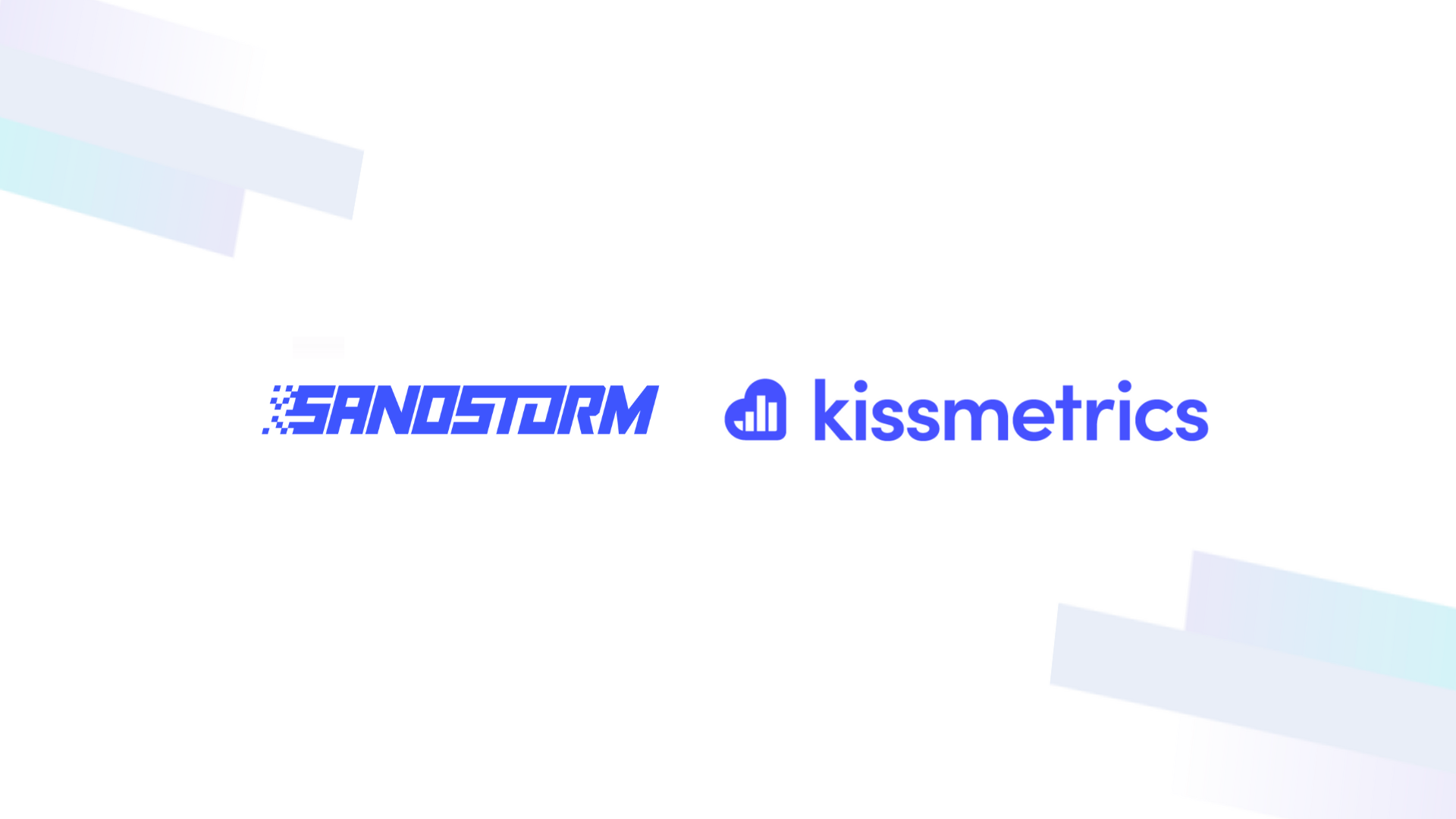Customer Loyalty: How to Measure and Increase Loyalty

Every company wants one thing: loyal customers. Loyal customers who are excited to try out new products and services when they come to market. Customers who leave great reviews and help advertise your brand through word-of-mouth and their social media. Customers who stay with your company for many years.
But what does it mean to have a fanbase of loyal customers? How do you know whether your customers are returning over and over again or just people searching for the best price? Most importantly, how can your company promote customer loyalty?
We cover all of that and more below.
What is Customer Loyalty?
Customer loyalty means that someone will continue to choose your company’s products or services instead of trying out your competition. The more loyal your customer base is, the more they will tolerate accidental missteps and higher prices.
Loyal customers are excited when you announce a new product on social media. They leave your company great reviews online. They might even help you with advertising by spreading the word themselves.
A loyal customer will continue to shop from your company even if a competitor offers a similar product for less because they know they can trust you.
Metrics Used to Measure Customer Loyalty
Measuring trust in your company might seem tricky. However, some essential metrics will show what your customers think of your brand and how likely they are to continue shopping with you or using your product.
Net Promoter Score
The Net Promoter Score, also known as NPS, allows you to measure your customer loyalty by directly asking your customers the question: how likely are you to recommend our service/product to a friend? The customer fills out a questionnaire where they can rate your brand, product, or service, usually on a scale of 1 to 10.
When evaluating your company’s scores, grade them as you would a test at school. 1-6 is not what you want to see. Those numbers mean the customer had a bad experience and is likely to recommend that others don’t use you in the future. A 7 or 8 is considered neutral. But if you see 9s and 10s that means customers had a great experience and are likely to tell their friends about it.
Finding your NPS means subtracting the percentage of your customers with bad experiences from the percentage of 9s and 10s. This score may not give you an insight into what to change specifically, but it does give you a good idea of how customers are experiencing your brand.
Customer Lifetime Value
Customer Lifetime Value (CLV) measures the total profit a single customer is expected to bring to your company during their entire relationship with you. This includes all of the years they will be buying replacements, new editions, resubscribing, everything.
Repurchase Rate
Repurchase rate may not apply to every industry, but it is an important KPI for companies that sell products with short lifespans.
The repurchase rate measures the number of customers who buy the same item a second time within a given period.
Upsell Ratio
The Upsell Ratio looks at customers who spent more money than they had planned to when they visited your company’s store or website.
For example, what if someone planned to buy a cell phone, but while at the store they see a case they like and decide they also need the bluetooth earbuds the salesperson suggested. That would be an upsell since the customer ended up paying more than they initially planned.
Customer Engagement Score
Like the NPS, Customer Engagement Score is a single number that represents the experience your customer had with your company by looking at how often they interacted with your brand and their repurchase rate.
What is the Customer Loyalty Index?
Customer Loyalty Index is an alternative to Net Promoter Score, which, as discussed above, is a way for customers to rate their experience with your company.
However, understanding customer loyalty requires more than a single number if your company wants to find any actionable suggestions from the information.
The CLI measures a variety of inputs on a scale of one to six (one the best and six the worst) to give your company a better picture of how to improve your customer experience.
Repeat usage
One of the metrics in the CLI asks customers how likely they are to use your brand’s products or services again in the future.
Expansion
Another question the CLI asks is how likely the customer is to try other products by your company. Their orders may expand if they’re loyal to your brand and trust you enough to give other products a try.
Action
Measuring the actions of your customers is crucial. Loyal customers may interact on social media with your brand, discuss their experiences with others, sign up for your mailing list, and much more.
Tolerance
Tolerance refers to how much negativity a customer will deal with before losing their loyalty. Does one bad experience with a customer service representative mean they won’t use your services again? The more loyal a customer is, the higher tolerance they will show for occasional missteps or issues with your company before becoming a detractor.
Stated preference
Remember that, as with any type of self-reported information, customers may not always tell the truth. This isn’t always because they’re intentionally lying, but customers may not fill out the survey immediately after their experience and memories fade unless they’re momentous.
For example, a customer may have had a pleasant experience purchasing a product, only for it to be delivered two weeks late. The customer gives the brand a negative review and becomes a detractor because what stood out was the annoyance of shipping, even if the delay was out of your control.
Revealed preference
Revealed preferences are found by monitoring customer activity and engagement with your brand. One negative review might not mean that your customer never tries to interact with your brand again, or they may have varied experiences with your products and services.
By measuring KPIs, it’s possible to find revealed preferences without directly asking.
Improving Customer Loyalty
Once you’ve begun employing KPIs to measure customer loyalty, you’ll want to start enacting strategies to capitalize on the information to improve customer loyalty.
Some KPIs offer more specific suggestions than others, like when customers leave lengthy reviews, but in many cases, your company simply knows that they want to do better. So, what should you do?
Build an Exceptional Product
The best way to capture new customers and encourage old ones to return is to have an exceptional product or service.
Exceed Expectations
It’s always nice when things turn out better than expected. Understanding and then exceeding customer expectations is a fantastic way to improve customer loyalty. Depending on your target audience and your product or service, customers will have wildly different expectations.
For example, shopping at a discount store will begin with much lower expectations than shopping at a niche, high-end retail boutique.
If your customers have no reason to expect better customer service, give it to them. If they’re shopping for a generic product, make yours have fun or innovative packaging. Run promotions by donating a portion of your proceeds to charities that your customers support.
Effective Communication
Many customers find their opinion of a company comes down to whether or not they feel that the company listens to them. This doesn’t just mean having plenty of ways to contact customer service representatives (although that’s important too). It means tracking the market trends and getting to know your customer base on a personal level.
Reward Loyal Customers
One of the best ways to keep customers coming back for more is to add incentives. Many stores offer promotional discounts that are only available to customers with rewards cards or special offers for credit cards.
There are plenty of ways to reward loyal customers. It’s an effective way to give benefits for repeatedly buying from your company.
Analyze and Use Metrics to Improve Business
Every company starts with the intention of sharing something with the world. Whoever your intended audience may be, your company’s goal is to design a product or service that people want to buy. With the right metrics available, you’ll learn a lot about the people who keep your company in business.
Conclusion
With a better understanding of your customers and the right metrics to continuously measure them, your company will quickly be on its way to building a loyal customer base. With them on your side, it’s time to grow and expand without worry.
Sources:
NPS The Importance of Customer Loyalty May 11, 2020 | Nicereply.com
Repurchase rate — the most overlooked eCommerce KPI | by Matteo Sutto


